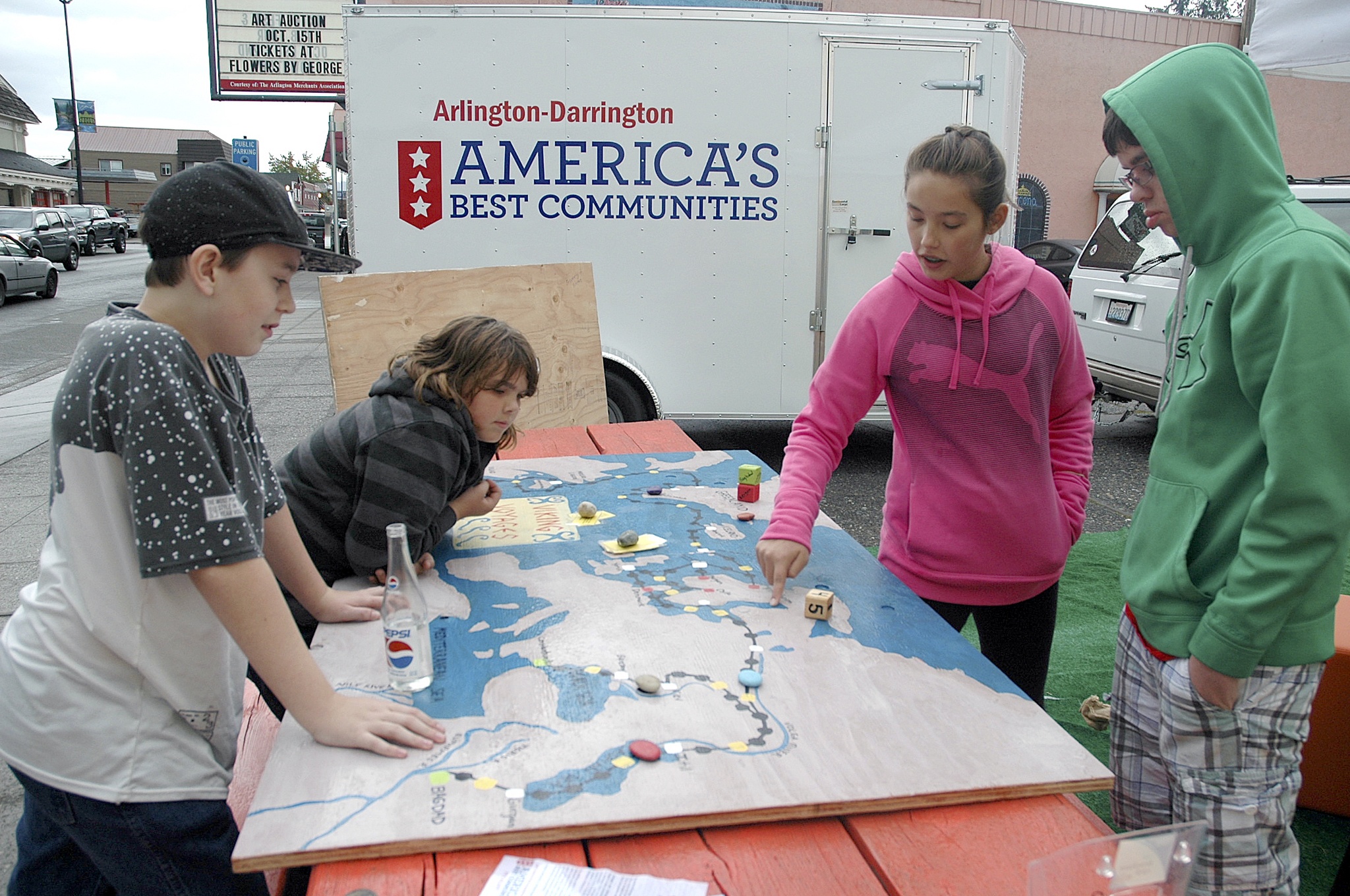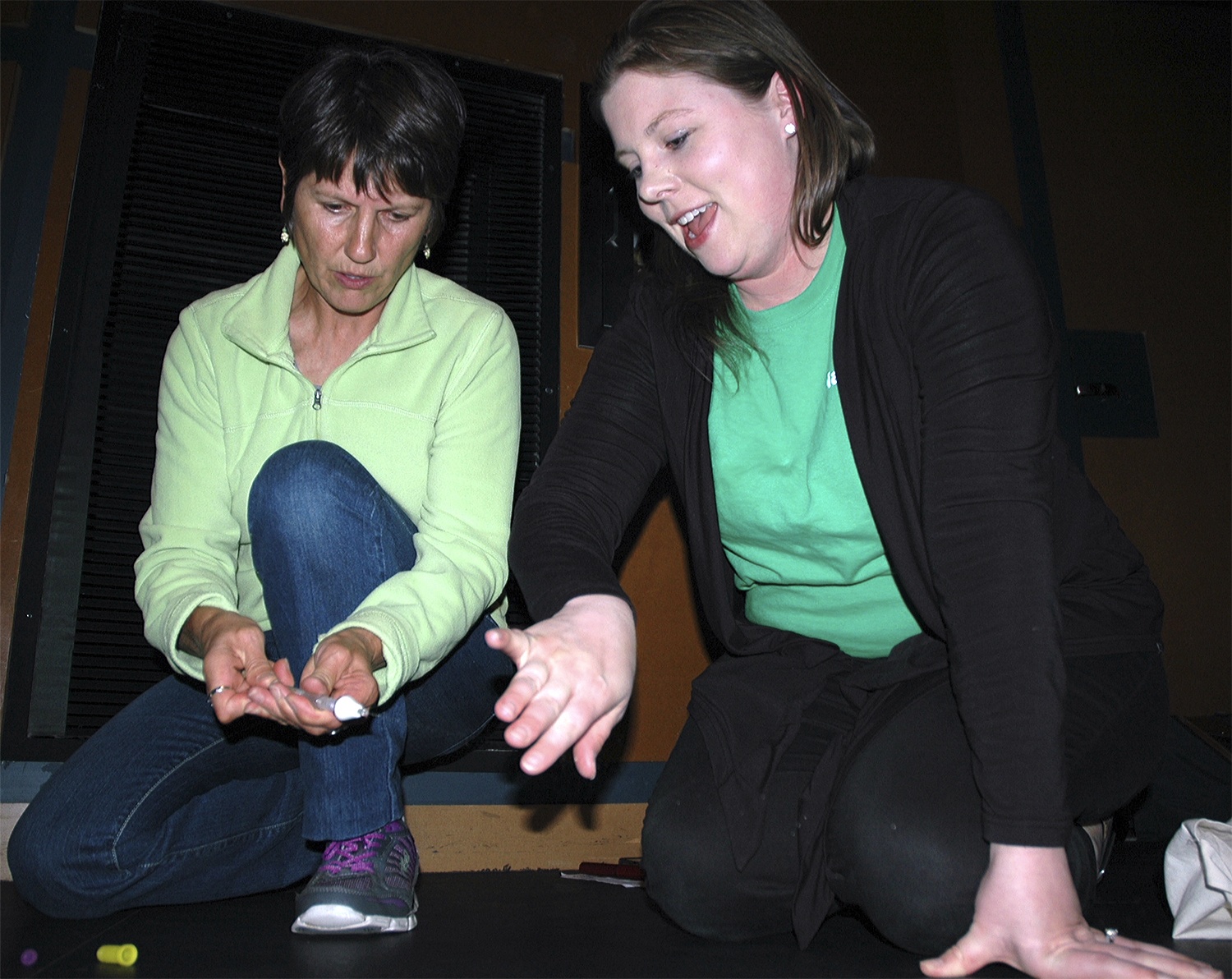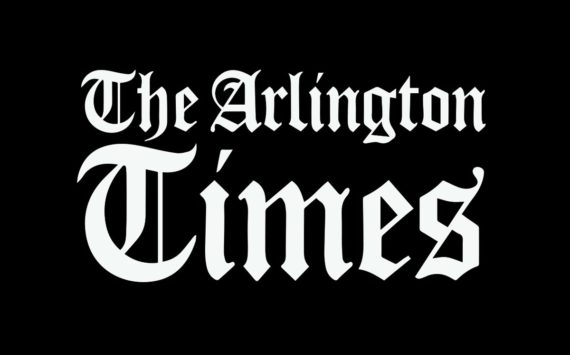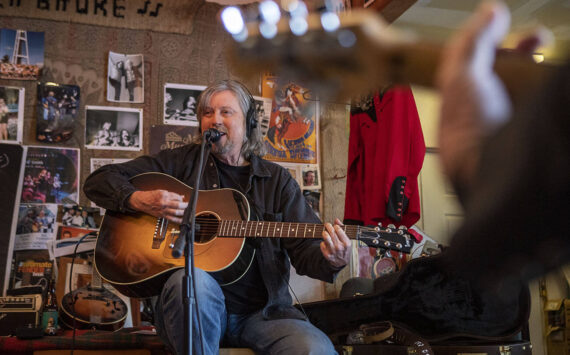ARLINGTON — Airport Boulevard, the three-lane northern extension of 51st Avenue NE, was officially opened during a ribbon-cutting ceremony on Friday, Nov. 8, as vehicles were able to drive between 172nd and 188th streets NE.
Arlington Assistant City Administrator Kristin Banfield explained that the combined construction cost for the two-phase project was $3,695,328, with Reese Trucking & Excavating serving as the first phase’s contractor, while Trimaxx Construction served as the contractor for the second phase.
“This roadway was built with a focus on economic development opportunities,” Banfield said. “This project enables the Arlington Municipal Airport to open up the development of industrial and flightline properties on the west side of the airport. A smaller side benefit is that it gives the traveling public another north-south route, which can alleviate some pressure on 172nd Street NE and Smokey Point Boulevard.”
“By providing another north-south road, not everyone will need to use that same intersection right off I-5,” said Jim Kelly, public works director for the city of Arlington.
The funding sources for this project were as follows:
• A Puget Sound Regional Council grant for $2,268,985.
• City Transportation Fund mitigation fees paid by developments in the amount of $58,771.
• City Water Capital Funds for water lines in the amount of $324,521.
• City Sewer Capital Funds for sewer lines in the amount of $268,051.
• Airport Capital Funds of $775,000.
City officials broke ground on Phase I of the of the Airport Boulevard project last summer. Kelly had aimed to open the road to traffic during the summer of this year.
“It was always pitched as a two-phase project, that would be phased according to the availability of the grants,” said Kelly, who praised his staff for securing the grant funds from the Puget Sound Regional Council to add a 3,400-foot extension of 51st Avenue NE, previously a limited-access road, into the Arlington Airport, north of 172nd Street NE.
The Phase I installations included the construction of new roadway, curbs, sidewalks, trails, utility extensions and a low-impact design stormwater drainage system. Kelly added that the finished road even includes a 12-foot-wide paved pedestrian trail, that connects with the airport trail.
The new Airport Boulevard is also planned to serve as the primary access into the proposed Airport Business Park, which would be a 124,000-square-foot light industrial and commercial center.
“We’ve already got interest in this area from a number of businesses,” said Kelly, who expects that new hangars and perhaps even an aviation museum or two could pop up along the road. The construction of Airport Boulevard itself will be used to promote the development of the Arlington Business Park and other commercial projects in the area, as well as to facilitate the creation of jobs around the Arlington Municipal Airport.
The Airport Business Park would provide approximately 124,000 square feet of buildings for research and development, technical support offices, manufacturing and light manufacturing, and aviation uses along the flight line.
“Airport Boulevard is part of the city of Arlington’s efforts to embrace multimodal transportation systems,” Kelly said. “Not only should it ease the current choke points, but it’s designed to be accessible to pedestrians and bicyclists as well as cars.”







